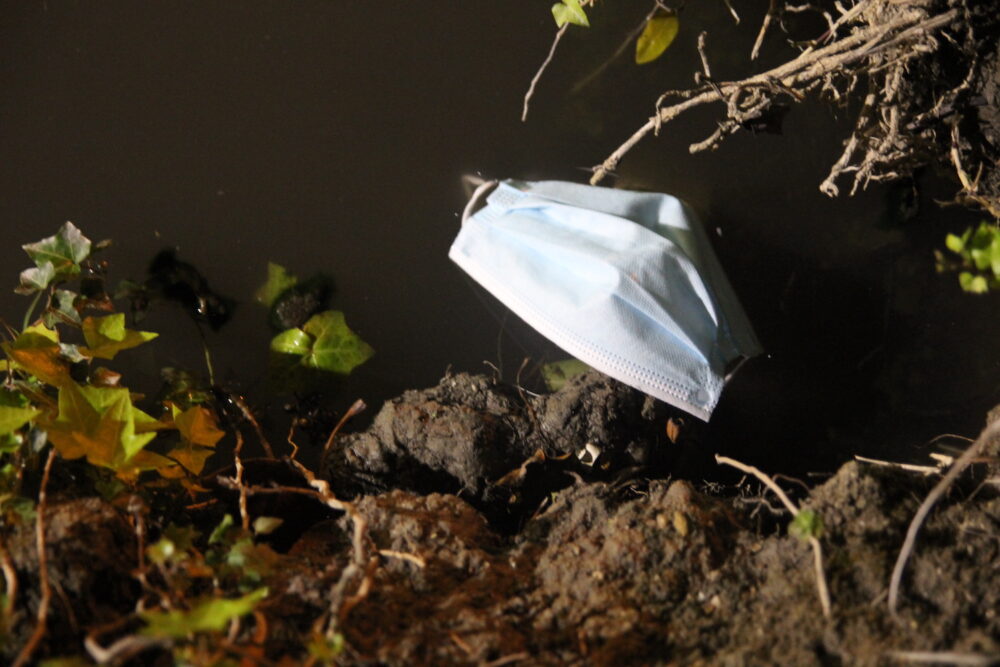
By Molly Chang
Ever since the start of the pandemic, wearing face masks has become the norm, whether it be working out at the gym or taking the dog for a walk in the mornings. But as a result of the recent change in guidelines, the majority of Americans are now no longer required to wear face masks in social settings–including schools.
While the new indoor mask policy for schools in California goes into effect on March 11, not everything will go back to the way it was two years ago. Although restrictions are being lifted, masks still need to be worn in schools, as COVID-19 is still a prevalent issue.
Many argue that COVID-19 case rates have significantly dropped, meaning that face masks aren’t of use anymore. Although it is true that cases have decreased, mask mandates should still be enforced in communities, as the virus is still contagious as ever.
It should be noted that of the daily number of cases reported, vaccinated individuals still play a part in the number, as COVID-19 vaccines, like all other immunization shots, are not 100% effective against illness.
As stated by the Centers for Disease Control and Prevention (CDC), those who are fully vaccinated are still at risk for infection, and therefore, facial covering is highly recommended for everybody, vaccinated or not.
Now, not only are both vaccinated and unvaccinated individuals put at risk, but this also could lead to a domino effect, putting family members, especially the elderly and the youth, in danger.
According to the BMC Public Health, a study shows that individuals ages 55 to 64 had a mortality rate of COVID-19 that was 8.1 times higher than the average individual, while those ages 65 and older had a mortality rate that was 62 times higher.
And because children under the age of 5 currently don’t have the option of being vaccinated, if the mask mandate were to be lifted in elementary schools, we run the risk of the number of cases increasing once again.
In a study published in Building and Environment, researchers discovered that when masks are not used, more than 70 percent of airborne particles pass the six feet threshold within 30 seconds. However, when masks are worn, less than 1% of particles are distributed at the same distance.
This shows that the transmissibility of COVID-19 still remains a risk, meaning that although cases have recently decreased, that does not mean the virus has magically disappeared into thin air.
As the virus is more likely to spread, more students will be sent home sick, and not only will families be exposed to symptoms, but administration and teachers of K-12 schools could just as easily be sent home to quarantine, as well.
Ultimately, COVID-19 is still a threat to society.
If the worst comes to the worst, we could be facing another nationwide quarantine, if the virus continues spreading rapidly. Therefore, it is not a good idea to walk around maskless in a social setting with swarming students, teachers and administrators.
While some might argue that masks are “abnormal”, or “uncomfortable,” lives are at stake. It’s not as if masks are a new discovery; many in other areas of the world have worn masks pre-pandemic. Discomfort might be an issue to some; however, these masks not only come in a variety of sizes and materials but keep those around us safe as well.
So, why not just continue wearing masks? We haven’t had a problem with them for the past two years. Why change now?
Because at the end of the day, the masks are not the issue; the refusal of wearing one is.





